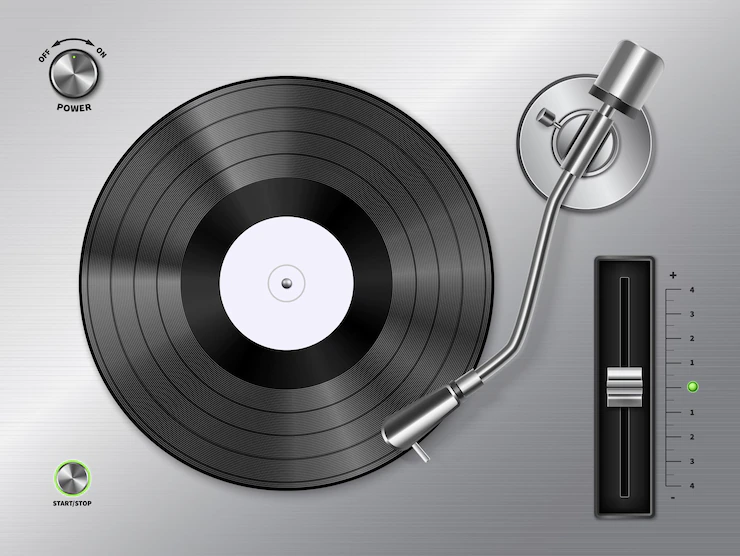
A quality vinyl collection requires a lot of maintenance.
To maintain crystal-clear sound quality, you must be vigilant about maintenance and care and worry about your records cracking, breaking, skipping, or scratching.
The overall maintenance of your turntable must be considered, most importantly in a regular manner.
Turntables are infamous for being delicate, labor-intensive pieces of technology.
In actuality, all they need to keep them in excellent shape for several years is regular maintenance, similar to other sophisticated technologies.
Although many people are already aware of this, many are still unaware that dust and other dirt can impact the sound quality of your record players.
Every vinyl collector should be familiar with basic turntable care and proper maintenance to prevent any problems with sound quality.
This article will go over the seven things you should do to help you in properly maintain your records and turntable.
1. Ensure That The Turntable is Unplugged
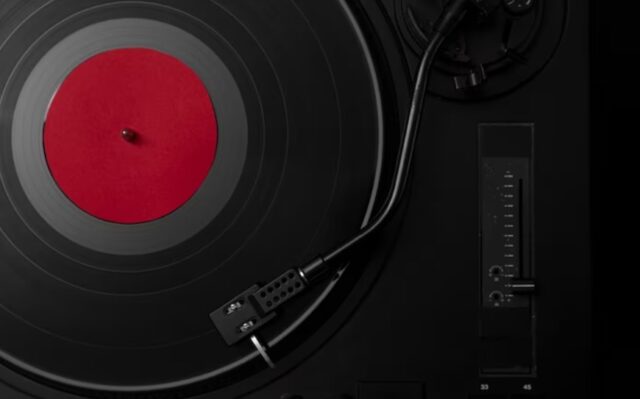
You should confirm that your record player is unplugged before performing any maintenance. Cables for audio and power are included.
When you begin cleaning, there shouldn’t be any wires or cables plugged into the turntable. It is for your protection. Doing so will make you avoid getting electrocuted.
2. Prevent The Accumulation of Dust
A record may not sound its best due to smudges, scratches, dust, dirt, or hand greases. Effective record player maintenance techniques will prolong the vinyl’s life and enhance sound quality.
The best way to stop dust from accumulating is to clean your entire home regularly. Your job will be easier if there is less dust in the room.
In addition, dust covers are built into turntables for a reason, so use them. If yours doesn’t have one, you should purchase a cover.
3. Properly Store Your Turntable
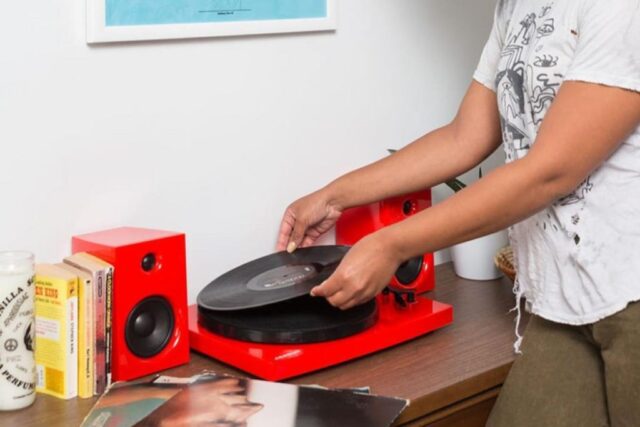
Your turntable’s condition over time may also be impacted by where you keep it and how you store it. Ensure that it is always placed on a flat and level surface.
Vibrations in the surroundings can also affect record players.
Footsteps and sound vibrations from you and your speaker systems in the room can cause vibrations that, over time, put more stress on the turntable.
Selecting the right platform is the key to finding the solution. To lessen vibration transmission, use isolation items like foam pads, and consider not placing the record player near your speakers or other audio systems.
4. Keep Your Stylus Clean
The stylus needs to be regularly cleaned because it is the most delicate part of the device.
When the stylus picks up particles and accumulations, the turntable may be susceptible to skipping and alteration.
This is why having a good stylus brush is essential. Using a stylus brush, carefully wipe away any dirt after each few uses, moving.
Even though some toothbrushes with soft bristles are available, it is way too simple to pick one with stiff bristles by mistake.
Therefore, it is not suggested to clean the stylus with a toothbrush. A soft paintbrush can replace a general stylus brush.
But it would be ideal to invest early in a quality stylus brush.
5. Replace The Parts of Your Turntable
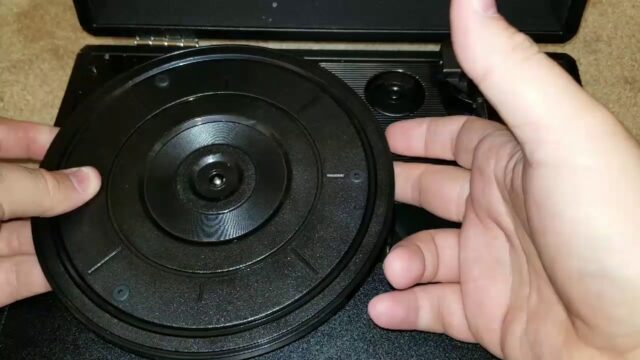
It’s important to note the parts of your turntable if you’ve had it for a while.
When turntable components aren’t replaced after some time, they can harm other parts and reduce the turntable’s lifespan.
After using your stylus, you will eventually need to replace it, even if you keep it spotless, and remember to clean it after every use.
When using your turntable, pay attention to any scratching, static, skipping, or crackling to determine when it needs to be replaced.
This is a warning to change your stylus immediately to avoid negatively affecting your records.
The belt should be replaced in a few years on turntables that use a belt to drive the motor. Watch for signs of deterioration in the motor and belt.
When you notice it slipping below its normal position on its pulley or hear it falling when you turn on your device, it’s time to replace it.
Don’t just buy any belt when you need to replace the ones you have; make sure it fits your record player model.
6. Provide A Protective Cover for Your Turntable
Make sure to take good care of both the vinyl and record player to ensure that your records continue to sound their finest for a long time.
A simple alteration can degrade your audio consistency and impact the overall performance.
While it might not be audible to the average listener, maintaining the quality of the audio is crucial for audiophiles.
Use a protective cover to reduce the buildup of dust, grime, and smudges, which can deteriorate the sound quality.
Turntable covers are typically included, but if you don’t have one, you might want to buy one to keep your record player in good shape.
7. Clean Your Vinyl Records
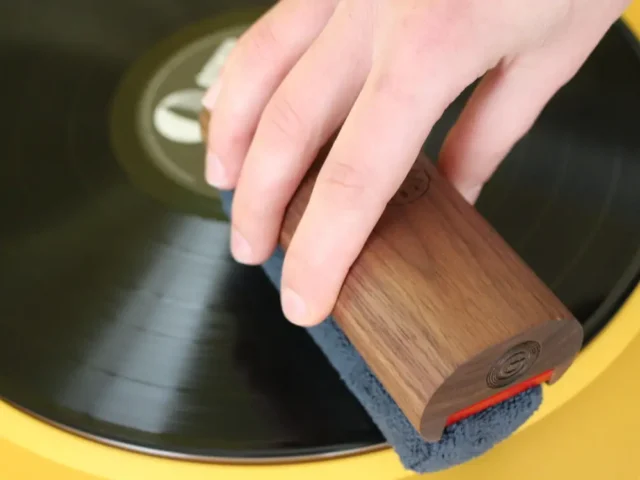
Properly handling your records can also greatly reduce the accumulation of dust and other contaminants.
You should also be familiar with handling and maintaining records.
As the record player is used, dirt and dust that accumulate on the record may transfer to the stylus.
Therefore, always handle vinyl records by the sides when handling them.
You can also lightly brush vinyl records with a soft and gentle brush before using them.
Keep Your Record Players Long-Lasting
Maintaining your turntable is neither particularly difficult nor costly.
Despite being intricate machines, general turntable maintenance and care is a fairly simple process that anybody can manage.
Maintenance regularly is the solution to having long-lasting record players.
It may seem like a great deal of work to maintain a turntable, and it certainly can be if you don’t do it frequently.
However, if you do, you should only give your record player much more proper maintenance a couple of times per month.
Keep in mind that maintaining the cleanliness of your record collection will be equally as important and can reduce how frequently you need to clean your record player.
You’ll get improved sound quality and considerably lengthen the lifespan of the turntable and your vinyl collection if you keep them both clean and well-maintained.









